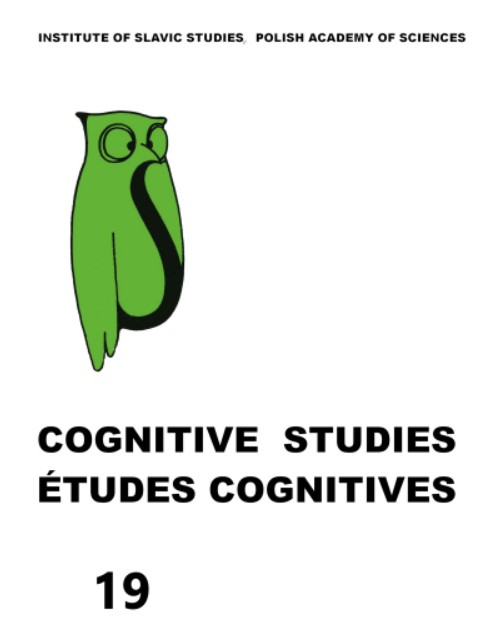HYBRIDITY AND THE LINGUISTIC LANDSCAPE
HYBRIDITY AND THE LINGUISTIC LANDSCAPE
Author(s): Orysia DemskaSubject(s): Comparative Linguistics, Eastern Slavic Languages, Philology
Published by: Instytut Slawistyki Polskiej Akademii Nauk
Keywords: linguistic landscape; hybridity; Kiev Podil; city-text; languages;
Summary/Abstract: This article argues that a linguistic landscape can be considered a hybrid when many languages and scripts simultaneously work within it. Being heterogeneous, urban signage (shop signs, business signs, outdoor advertising etc.) is open to hybridization, particularly in moments of historical and geopolitical transformation and at the intersections of different cultures. Analyzing the linguistic landscape of Kiev’s Podil district, conscious, unconscious, explicit, and implicit hybridity are identified and examined. Linguistic hybridity, as an element of cultural hybridity, is closely related to everyday practices associated with work, food, clothes, hygiene, health, leisure, etc. Organic/unconscious and intentional/conscious forms of hybridization occur in linguistic creativity. The article shows that three languages (Ukrainian, Russian, and English), and two scripts (Latin and Cyrillic), participate in the hybridization process, and examples are cited.
Journal: Cognitive Studies | Études cognitives
- Issue Year: 2019
- Issue No: 19
- Page Range: 1-10
- Page Count: 10
- Language: English

